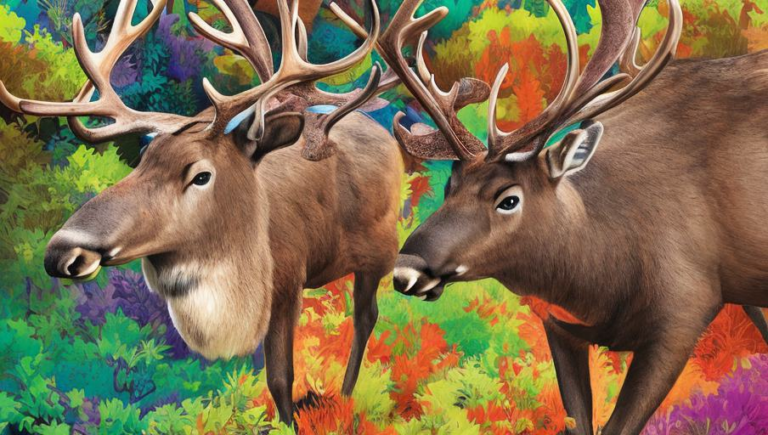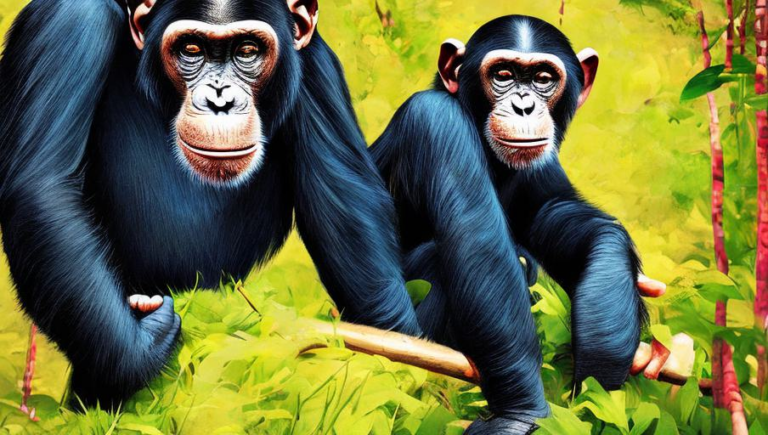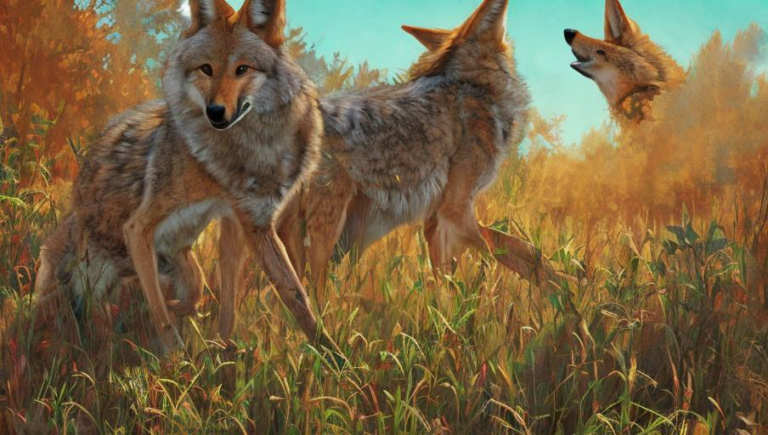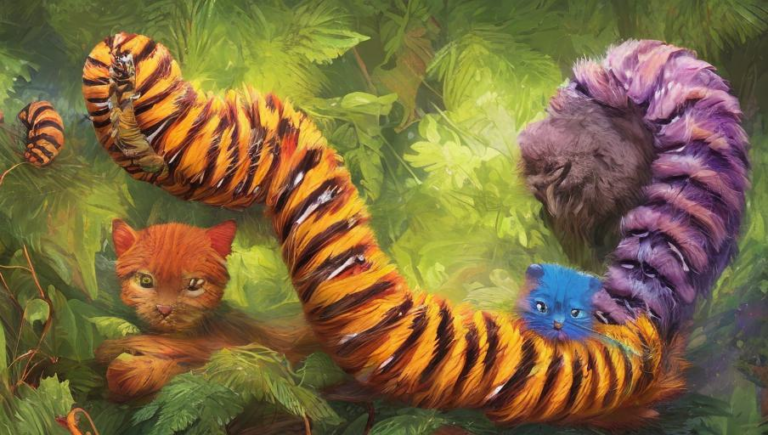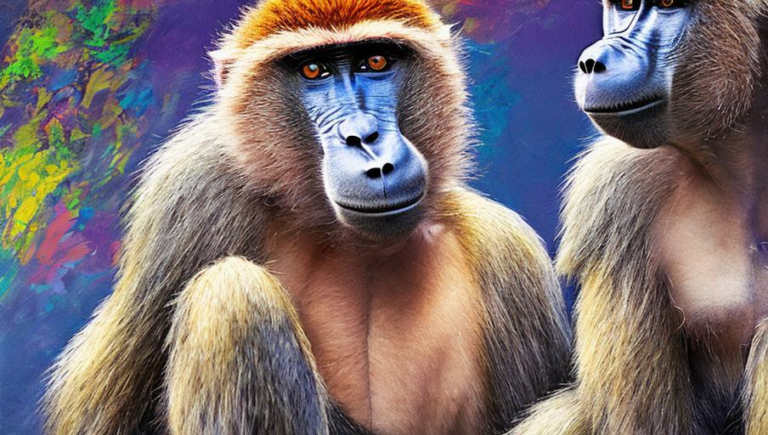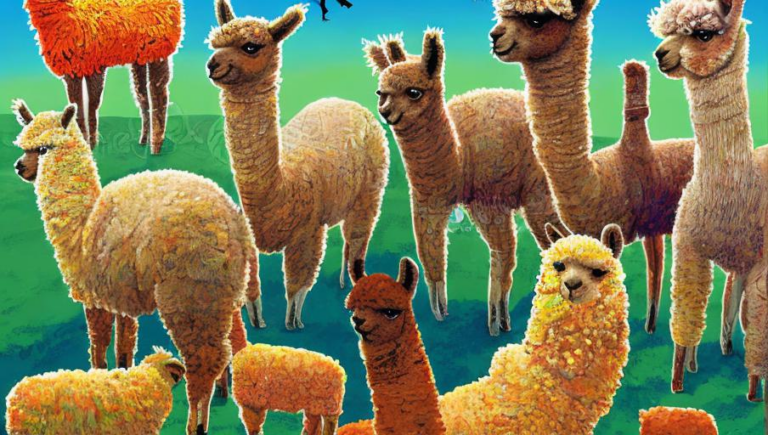Raptor of Prey: The Eagle’s Role in Nature

Introduction to the Eagle
The eagle is a remarkable bird of prey, known for its intelligence, strength and graceful flight. It is a fierce predator, capable of taking down prey that is much larger than itself. Eagles can be found on every continent except Antarctica and can live up to 30 years in the wild. They are skilled hunters, often taking down animals as large as foxes and rabbits. Eagles also serve an important role in the ecosystem, as they help to keep the population of their prey in balance.
The Eagle’s Physical Characteristics
Eagles are large birds that range in size from the bald eagle to the golden eagle. They have powerful wings that can reach up to 8 feet in width, allowing them to soar at great heights. Their feet are strong and sharp, with powerful talons that can be used to capture their prey. They have sharp eyesight and can spot prey from over a mile away. Eagles also have a strong beak which is used to tear apart their prey.
The Eagle’s Role in Nature
Eagles play an important role in the environment by helping to keep the populations of their prey in balance. They also help to keep other predators from becoming too powerful. Eagles can be a vital part of the food chain, ensuring that the populations of the prey they hunt remain healthy. They also help to keep their prey from becoming overpopulated, which can lead to the destruction of habitats and the depletion of resources.
The Impact of Human Activity on Eagles
Unfortunately, human activity has had a negative impact on the populations of eagles. Hunting and habitat destruction have caused a decrease in their numbers. Additionally, the use of pesticides and other pollutants have caused a decrease in the number of prey available for the eagles. It is important that we work to protect their habitats and reduce the number of pollutants released into the environment so that the populations of eagles can continue to thrive.
Conclusion
The eagle is an important animal that plays an important role in the environment. It is a fierce predator, capable of taking down prey that is much larger than itself. It also helps to keep the populations of its prey in balance and can be a vital part of the food chain. Unfortunately, human activity has had a negative impact on the populations of eagles, resulting in a decrease in their numbers. It is important that we work to protect their habitats and reduce the number of pollutants released into the environment so that the populations of eagles can continue to thrive.
